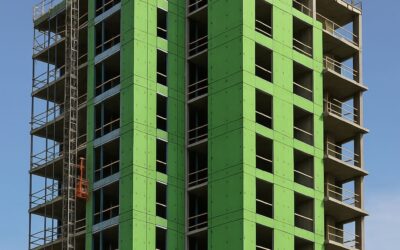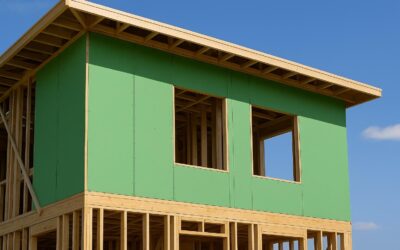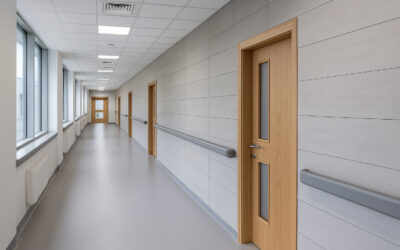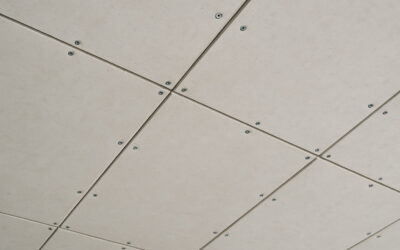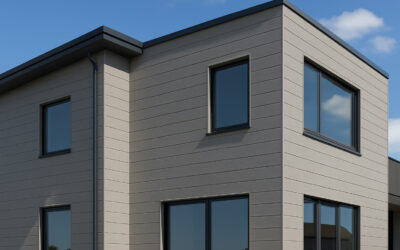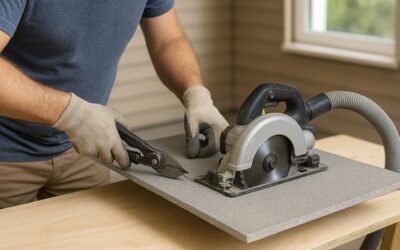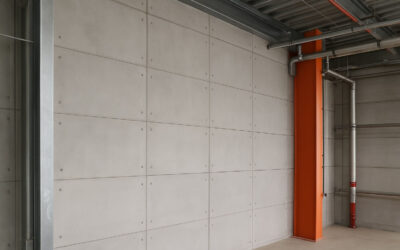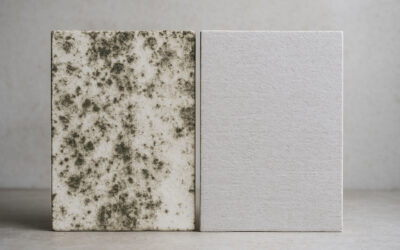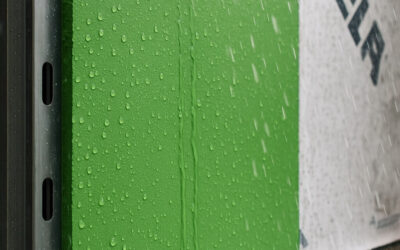SMARTCON
Blog

Exterior Sheathing for High-Rise Buildings: Safety and Performance Tested
High-rise construction brings unique challenges. From wind pressure to fire safety, every material in the building envelope must perform at the highest standard. One of the most important—but often hidden—layers in these systems is the exterior sheathing board.
What Is Exterior Sheathing? Purpose and Benefits in Modern Construction
In modern construction, the performance of a building depends on more than just its cladding or insulation. A crucial layer hidden beneath these systems is the exterior sheathing board. But what exactly is exterior sheathing, and why is it so important?
Are Fiber Cement Boards Safe for Indoor Air Quality? Health and Safety Facts
Indoor air quality (IAQ) has become one of the top concerns in modern construction. With more time spent indoors than ever before, the materials used to build walls, ceilings, and partitions directly affect occupant health. The question many architects and builders ask is: are fiber cement boards safe for indoor environments?
Can Fiber Cement Boards Be Used for Ceilings? Benefits and Installation Guide
Fiber cement boards are widely known for façade and wall applications, but can they also be used for ceilings? The answer is yes. Fiber cement boards offer durability, fire resistance, and moisture protection, making them an excellent choice for ceiling systems.
Do Fiber Cement Boards Add Value to Buildings? Long-Term ROI Explained
When evaluating building materials, cost is always one of the first considerations. But the cheapest option is not always the most cost-effective over time. Instead, smart builders and developers focus on long-term return on investment (ROI). One material that stands out in this discussion is the fiber cement board.
How to Cut Fiber Cement Boards Without Cracking: Tools and Tips
Fiber cement boards are durable, versatile, and widely used for façades, ceilings, and partitions. But because of their strength, many installers face the challenge of cutting fiber cement boards without cracking. With the right tools and techniques, it is possible to achieve clean, precise cuts while maintaining the integrity of the board.
Fiber Cement Boards in Industrial Projects: Strength Meets Safety
Industrial construction projects demand materials that can withstand heavy use, harsh environments, and strict safety standards. From factories and warehouses to power plants and processing facilities, durability and protection are top priorities.
This is where fiber cement boards stand out. With their exceptional strength, resistance to fire, and ability to handle moisture, they provide both structural performance and safety benefits that are crucial in industrial settings.
How Fiber Cement Boards Perform Against Mold and Mildew Growth
Moisture is one of the biggest threats to building materials. When exposed to damp or humid conditions, many wall systems suffer from mold and mildew growth. This not only weakens structures but also creates serious health risks for occupants.
One of the main advantages of fiber cement boards is their ability to perform well in wet environments. Unlike wood or gypsum boards, they are engineered to resist mold and mildew, making them a preferred choice for high-moisture areas.
Is Exterior Sheathing Waterproof? Myths vs. Reality
Exterior sheathing boards are a critical part of any wall assembly. They add strength, provide a smooth surface for cladding, and contribute to moisture and fire performance. But one of the most common questions raised by architects, builders, and even homeowners is: are exterior sheathing boards waterproof?
The short answer is no—they are not truly waterproof. However, that does not mean they fail under wet conditions. Instead, exterior sheathing boards are water-resistant and are designed to function as part of a system that manages moisture effectively.

